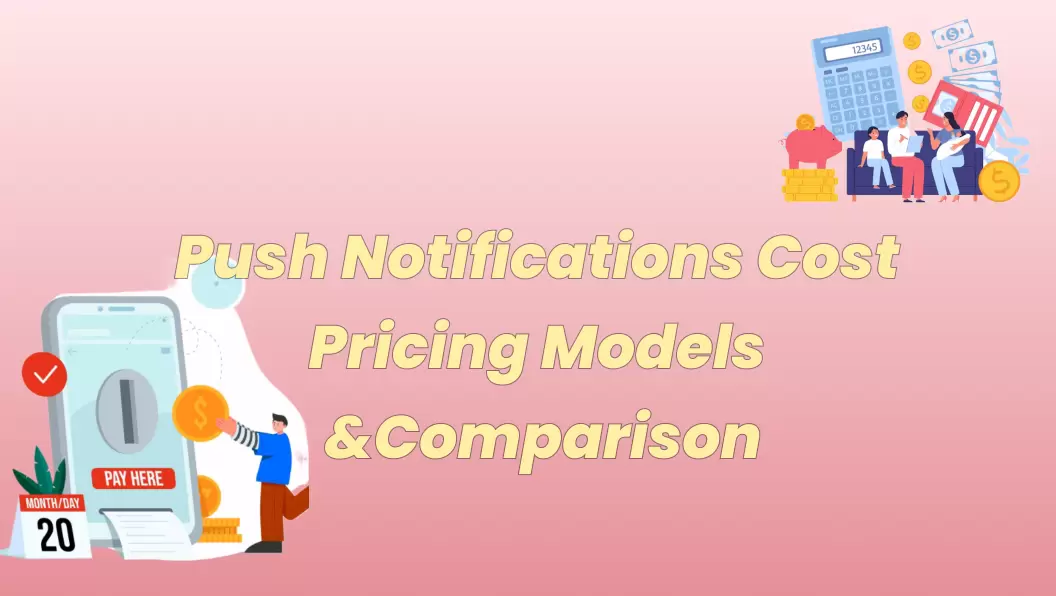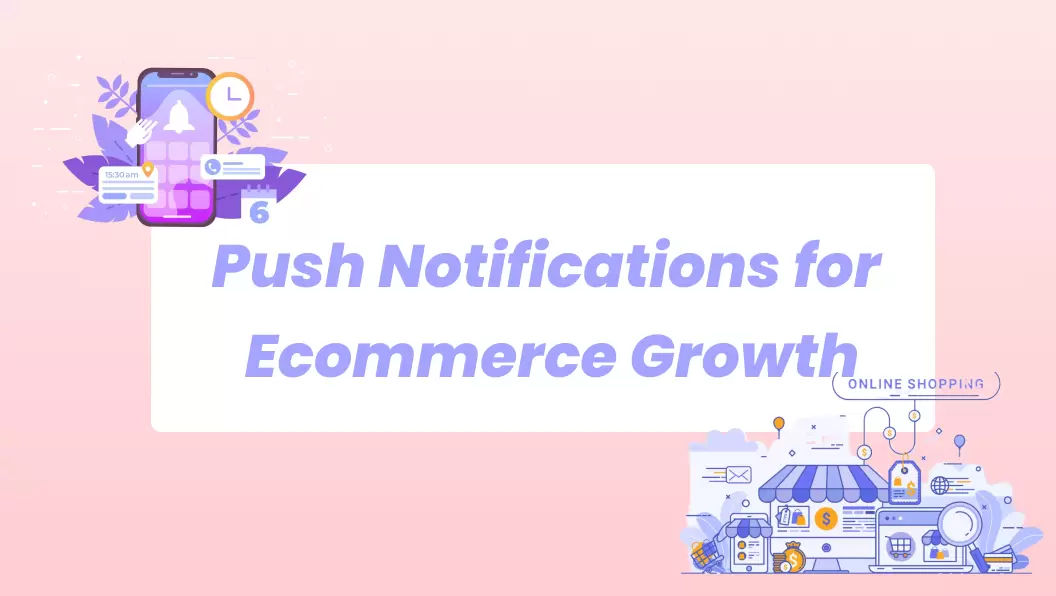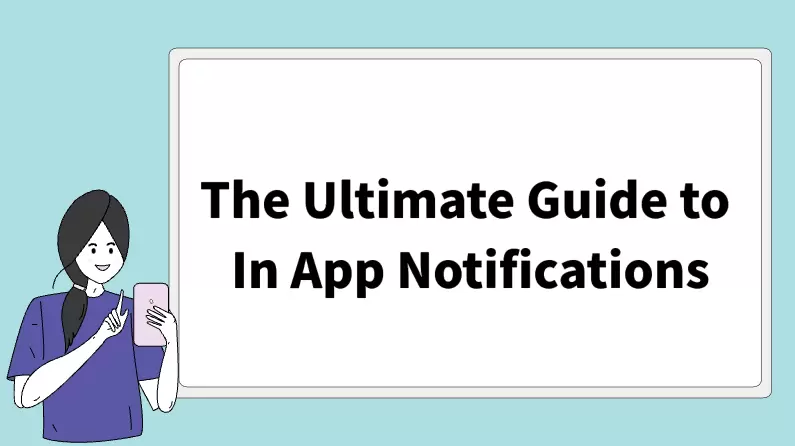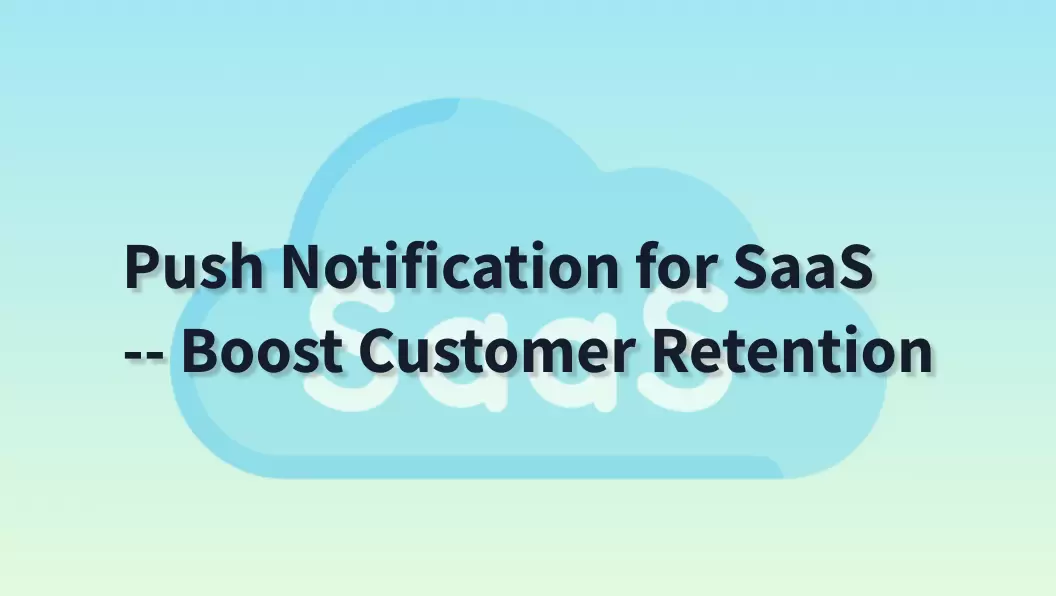A McKinsey research shows 71% of consumers expect personalization, while 76% get frustrated when they don't find it. Since a massive majority of customers crave a personalized experience from businesses, it is not surprising that many traditional customer segmentation and marketing techniques are failing.
Considering these statistics, it is more important than ever that businesses understand the concept of digital personalization at scale to overcome the limitations of traditional mass marketing.
What Does Personalization at Scale Really Mean?
Let's start by understanding the core concepts of personalization at scale:
What is Personalization at Scale?
Personalization at scale can be defined as the process of using a large amount of data, including payment histories, purchase behavior, on-site actions, and customer responses, to deliver personalized experiences to a large number of customers as per their needs, behaviors, and preferences via different channels.
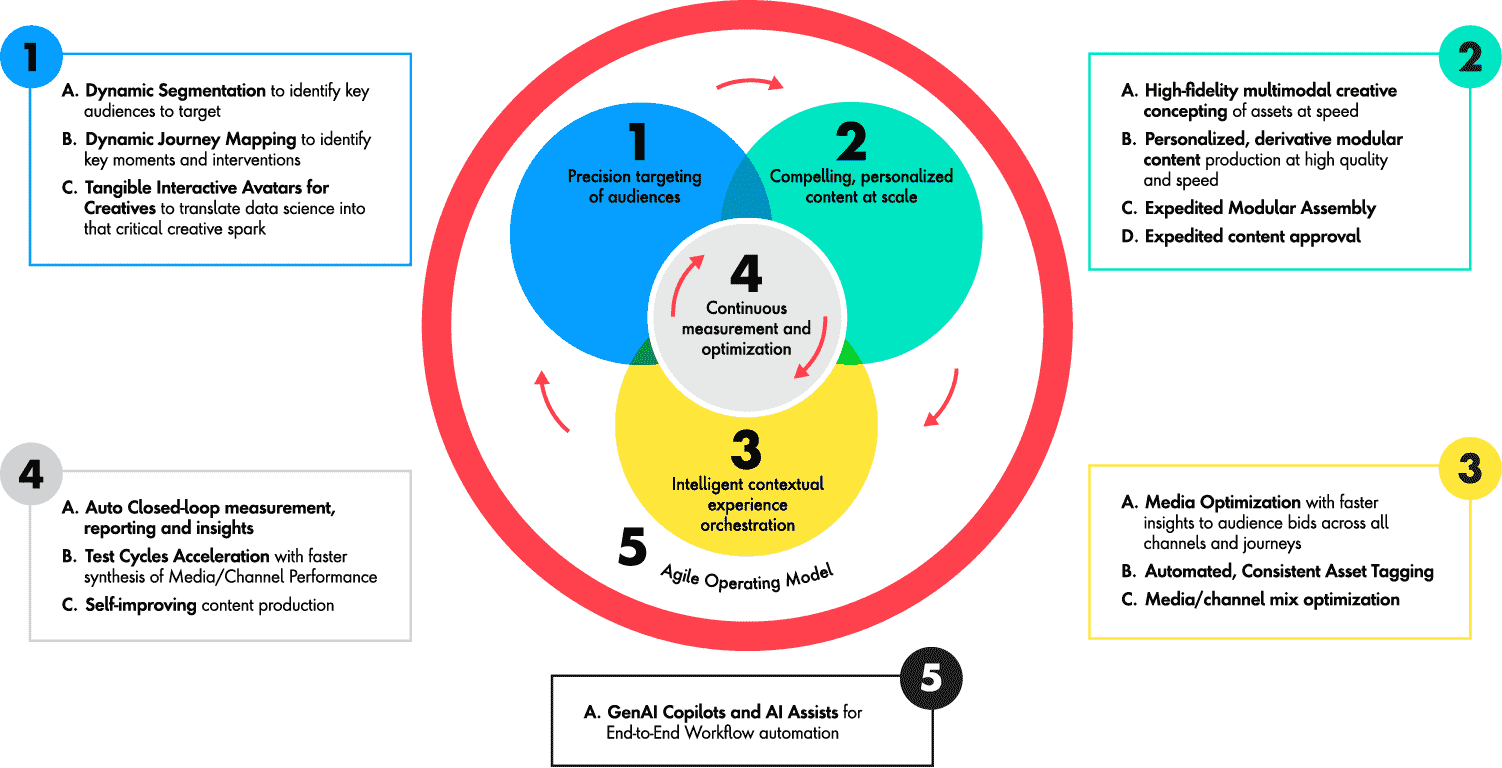
Source: Publicissapient
5 Key Elements of Personalization at Scale
Digital personalization at scale is composed of the following 5 elements:
- Data Collection and Integration: Data is the core of any personalization at scale strategy. It involves gathering data from reliable sources and integrating it into a unified view.
- Customer Segmentation: Not all customers are the same, so your target audience must be segmented based on their demographics, purchase history, and engagement level.
- Dynamic Content: Personalization at scale is much more than just using the customer's name. It is also about providing personalized offers and product recommendations, all of which are possible with dynamic content.
- Automation and AI: Manual personalization efforts are sufficient for startups and very small businesses. However, to truly achieve personalization at scale, you must embrace automation and AI to reach thousands of users.
- Continuous Optimization: Personalization at scale is not a one-time setup. It requires ongoing testing and improvement to achieve optimum results.
Benefits of Personalized Marketing Campaigns at Scale
The primary difference between personalized and traditional marketing is that traditional marketing requires a lot of time, energy, and effort to reach a large number of people with engaging content. Personalized campaigns, once configured, are easy to execute on a larger scale to reach thousands of potential customers.
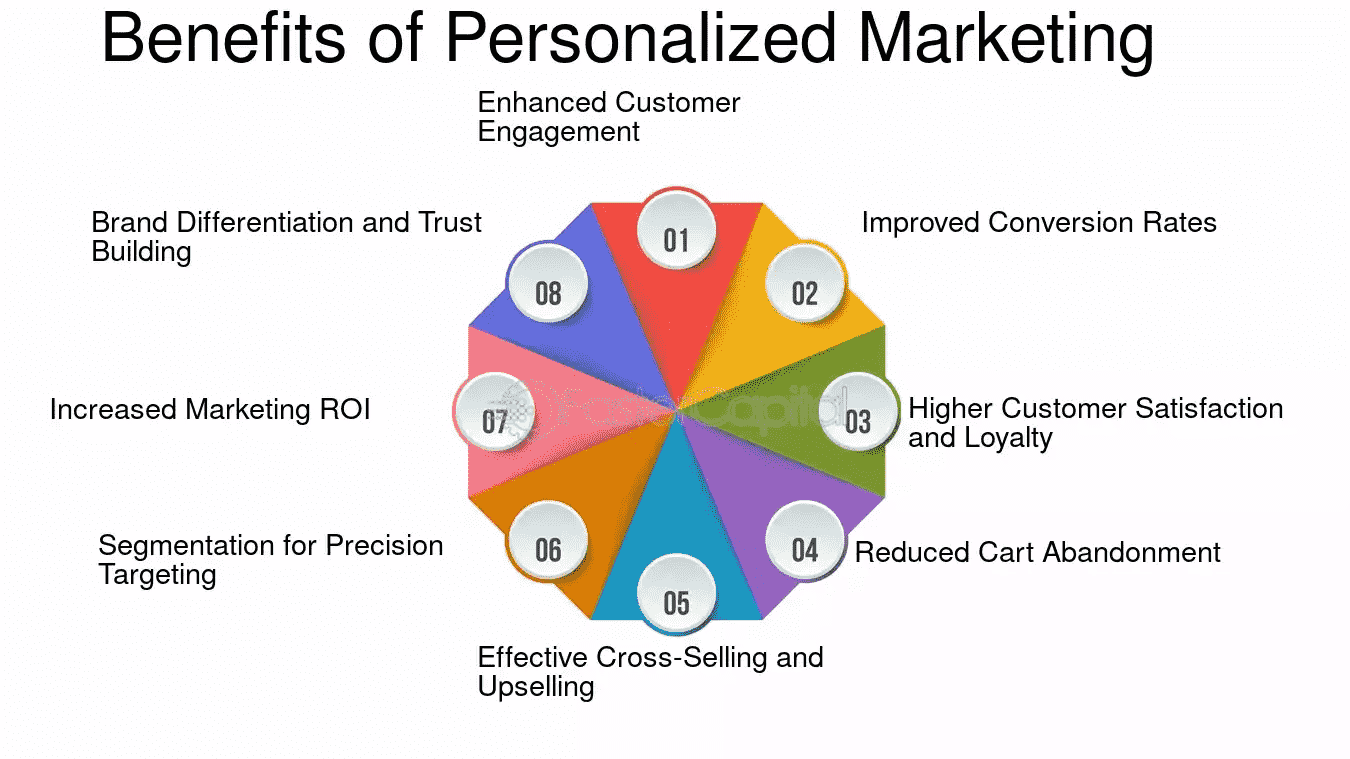
Source: Fastercapital

- Higher Conversion: Personalized marketing campaigns have a higher conversion rate as more customers are likely to buy products and services that are directly targeted to them.
- Higher Engagement: Higher customer engagement leads to better retention and loyalty building.
- Greater Profits: Research has shown that companies using personalization at scale drive 40% more revenue than companies using manual marketing strategies.
- Branding: Personalized marketing messages help your brand stand out from the competition and create a distinct brand image.
- Better Customer Service: Providing personalized recommendations improves the overall customer experience by meeting their expectations.
Real-World Personalization at Scale Examples
Personalization at scale is definitely not a new concept, as a lot of apps, brands, and organizations have been using it for many years. There's a high chance that you have witnessed digital personalization at scale in your everyday life, but might not have noticed it.
Let's look at some key personalization at scale examples:
Example 1: Netflix Recommendations

Netflix's dashboard provides one of the most popular examples of personalization at scale. Every user's home dashboard is different, as it includes a collection of suggested content based on their past viewings and ratings. It also links recommendations to specific shows or movies you might have watched in the past, showing how advanced Netflix's personalization at scale strategy is.
Example 2: Spotify's Made for You Playlists
Spotify, the world's most popular music streaming platform, is known for a high level of personalization. It creates dedicated playlists for each user based on their listening history. This feature to enjoy highly personalized music is one of the most loved features of Spotify.
Example 3: Amazon Recommendations

The e-commerce industry was one of the first sectors to adopt personalization at scale for cross-selling and upselling. Sales from personalized recommendations make up 35% of total sales on Amazon. Since Amazon is an e-commerce giant, it has made personalization a norm for all successful e-commerce stores.
Example 4: Fitbit
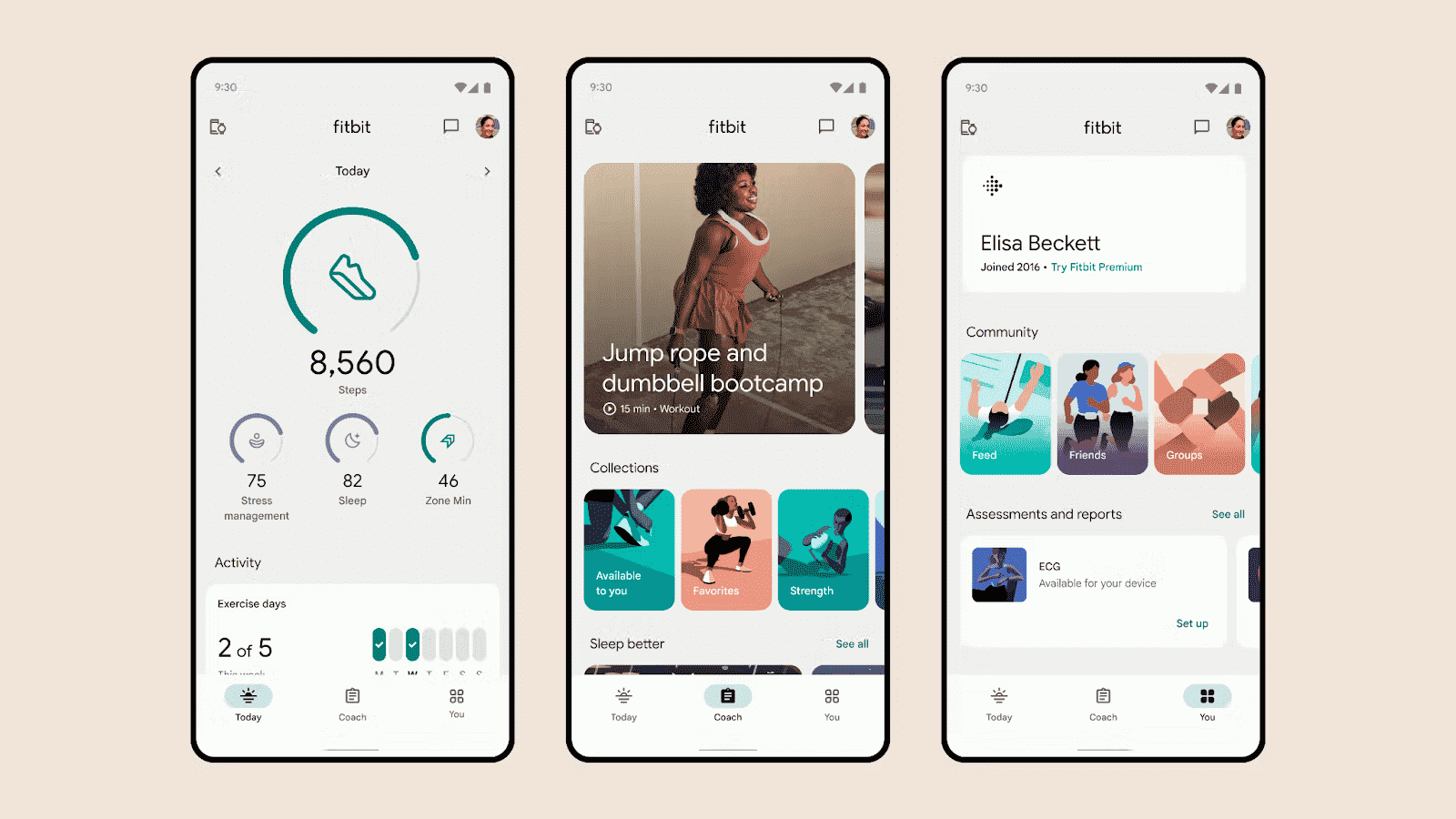
Source:Sanity
Personalized recommendations in the health and fitness industry play an integral role in not only improving the user's health but also keeping them engaged. Fitbit is one such popular app that gives personalized scores to users, depending on their physical activities. Moreover, it recommends personalized exercises.
How to Develop a Personalization at Scale Strategy
If the personalization at scale examples have inspired you, you would likely want to develop and execute your own digital personalization at scale strategy. Here's how:
Step 1: Analyze your Audience's Requirements and Business Goals
First of all, you must have a clear idea about what your audience's needs are and what your own business goals are. This will set the foundation of your personalization at scale strategy and ensure you are making strategies to achieve the end results.

For example, an e-commerce store would want to develop a personalized marketing campaign to reach more users and make more sales. You should evaluate your own goal, such as increasing engagement, customer satisfaction, or customer lifetime value, as per your business.
Step 2: Integrate Customer Data
Scattered data is a recipe for disaster in any kind of marketing campaign. Personalization at scale, especially, is dependent on the reliability of data. Your customer data is likely spread across different CRMs, CMSs, marketing tools, and legacy systems.
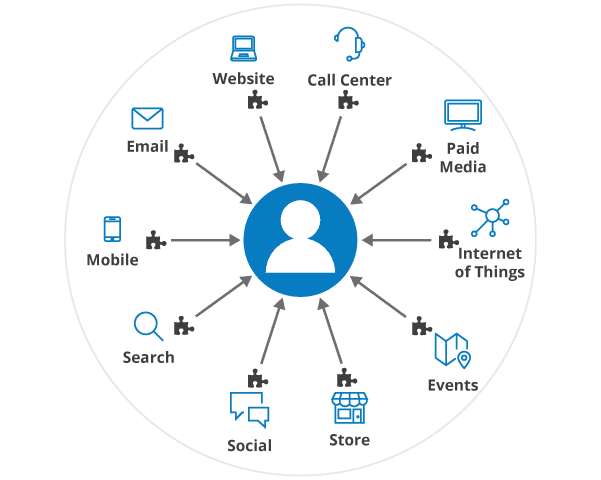
Source:Smarketingcloud
So, you should integrate it using a reliable customer data platform, or even better, an omnichannel marketing automation tool that can handle unified customer data as well as marketing efforts.
Step 3: Send Personalized Content
Delivering personalized content to your target audience starts with using their names, but it definitely does not end there. You should actively work to personalize marketing content, message, and recommendations.
A unified marketing platform can help you in this step, as it supports dynamic content across multiple channels like emails, SMS, and push notifications. It ultimately helps in personalizing at scale.
Step 4: Utilize AI and Machine Learning for Personalization at Scale
Don't shy away from emerging technologies like AI and machine learning to personalize at scale. These technologies are rapidly evolving and helping brands improve their personalization at scale strategies.
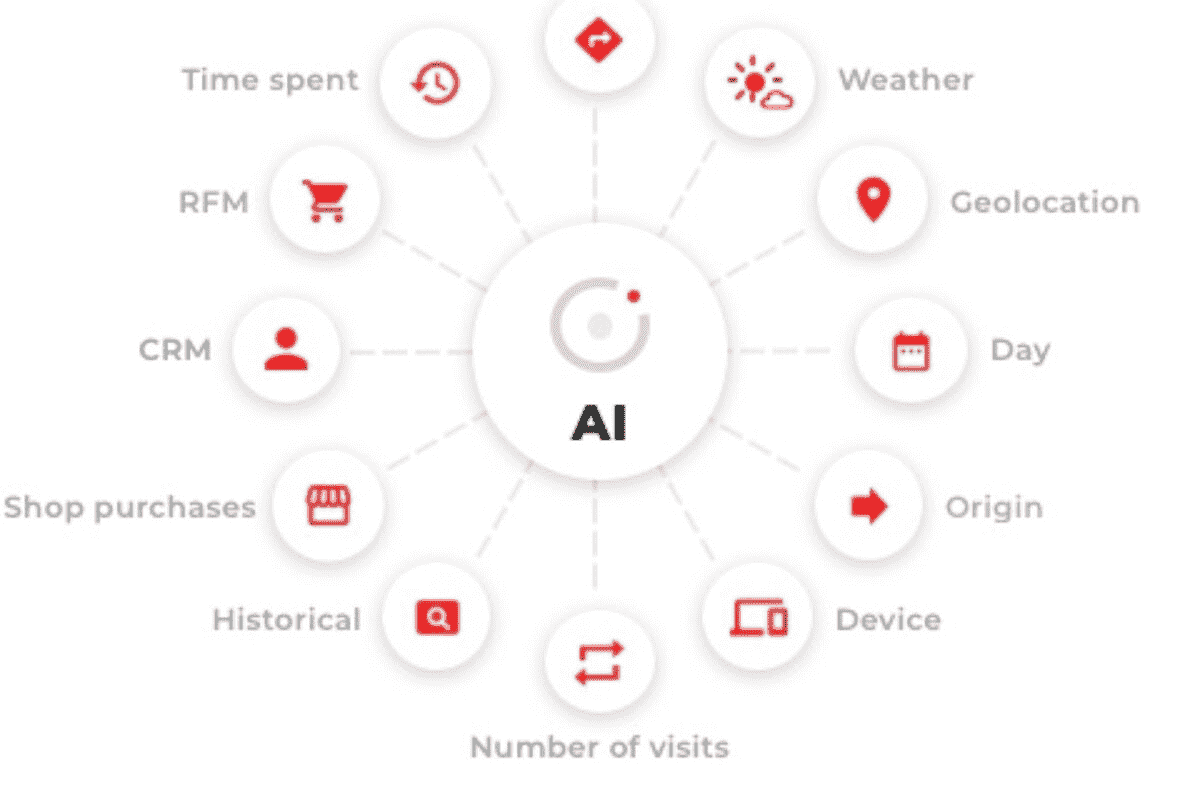
AI, for example, can analyze a vast amount of customer data in no time and provide actionable insights into your customer behaviour. Similarly, you can use AI to write and improve marketing content, which helps you optimize the overall performance of personalized marketing campaigns.
Step 5: Continually Improve with the Right Tools
The most important thing to make your personalization-at-scale strategy successful is to choose the right automation and personalization tools. These tools not only help you execute effective strategies but also provide feedback and insights you can use to make continuous improvements.
Remember that marketing and engaging users is a continuous process. So, developing a fixed personalization at scale strategy is not enough. You should keep a close eye on its effectiveness and tweak it from time to time to get better results.
Scale Your Personalization Efforts with EngageLab
EngageLab is an AI-powered omnichannel marketing platform with a special focus on personalization to ensure businesses can engage their target audience in the best way possible. The following are the key features of EngageLab that can help you personalize your marketing efforts:

- User Segmentation: You can categorize your customers and prospects into categories based on behaviour, preferences, and demographics. It helps run targeted campaigns more precisely.
- Personalized Content: Messages in different channels like email, SMS, WhatsApp, and push notifications can be personalized via dynamic content fields on the basis of a user segment.
- AI-Powered Content: EngageLab supports AI content generation via GPTBots.ai to personalize the content quickly and easily.
- Visual Journey Creation: Drag-and-drop builder is available to create personalized user journeys with specific triggers, timing, and entry/exit conditions. Many templates are available to help you set up personalized flows quickly.
- Omnichannel Personalization: Being an omnichannel marketing platform, EngageLab supports personalization via multiple channels to ensure consistent personalization at scale.
- AI-Driven Insights: Real-time analytics are available, along with AI-driven insights, to understand the progress of your personalization at scale strategy.
- Multilingual Support: EngageLab supports sending personalized marketing content across the world with its support for multiple regions and multilingual content.
Overall, EngageLab is an end-to-end platform to create, run, and analyze a comprehensive personalization at scale strategy.
Boost ROI with EngageLabFAQs
1 What Is Personalization at Scale?
Personalization at scale is the ability to deliver customized experiences to customers in real-time. It is possible due to advanced tools like vector databases for personalization at scale, which help brands in storing and retrieving complex customer data.
2 How Does Adobe Personalization at Scale Work?
Adobe Personalization at Scale is a well-known solution from Adobe to facilitate businesses in delivering consistent and customized experiences across multiple channels. Even though Adobe personalization at scale does not have a fixed price, it can cost hundreds of thousands of dollars annually, which is too expensive for most brands.
3 What Challenges Do Businesses Face in Personalization at Scale?
Handling massive volumes of customer data is a huge challenge for most businesses. Moreover, delivering a real-time customized experience and ensuring consistency is difficult, especially if the company is not using the right automation tool.
Conclusion
Personalization at scale is a comprehensive mechanism of connecting with your audience and engaging them to turn them into loyal customers. It is all about better connectivity to ensure higher conversion.
Statistics and examples discussed throughout this article prove the significance of implementing a cohesive personalization at scale strategy with a marketing automation tool to strengthen your brand and improve your bottom line.

